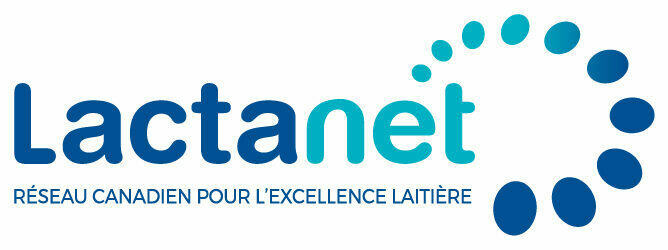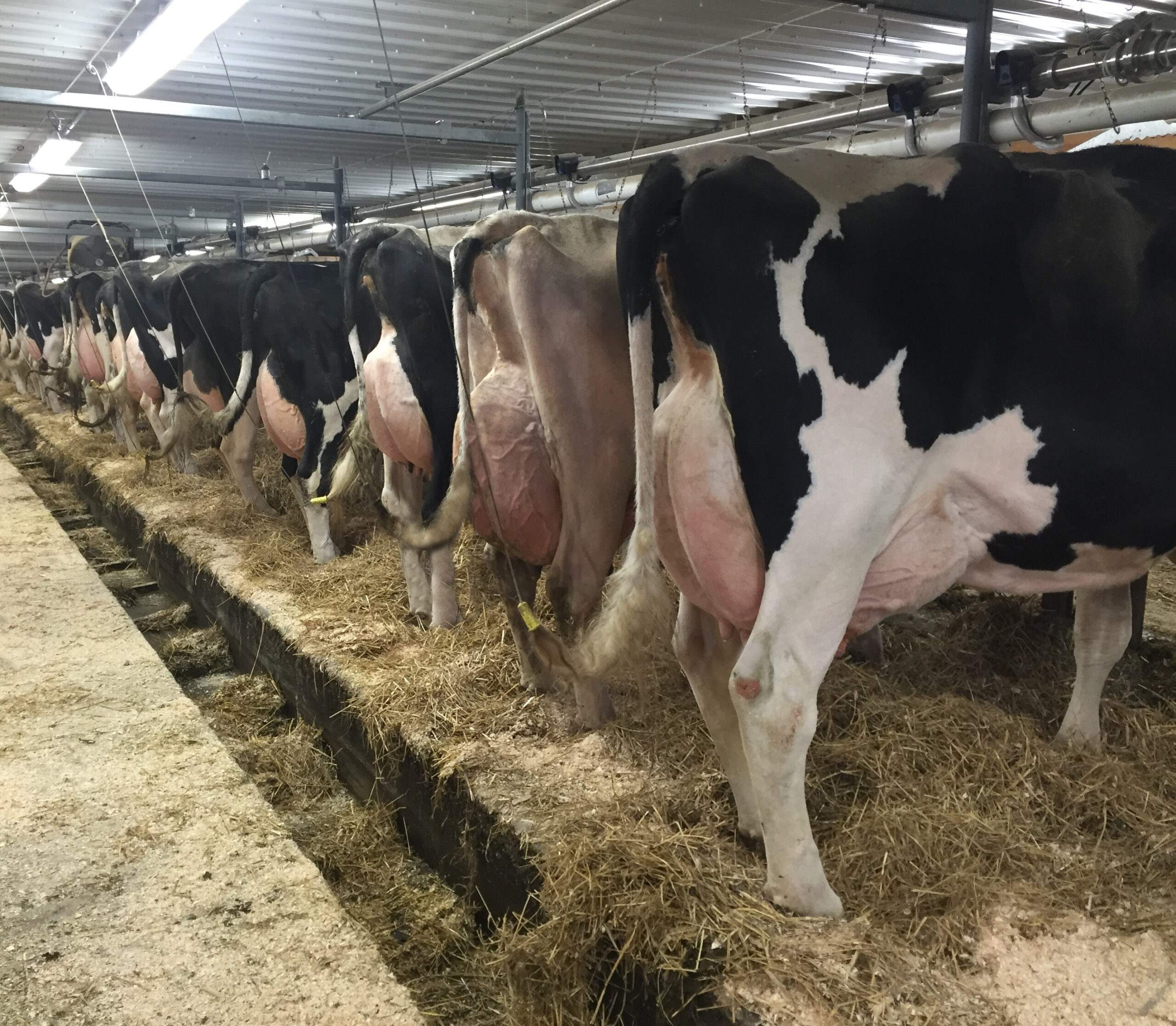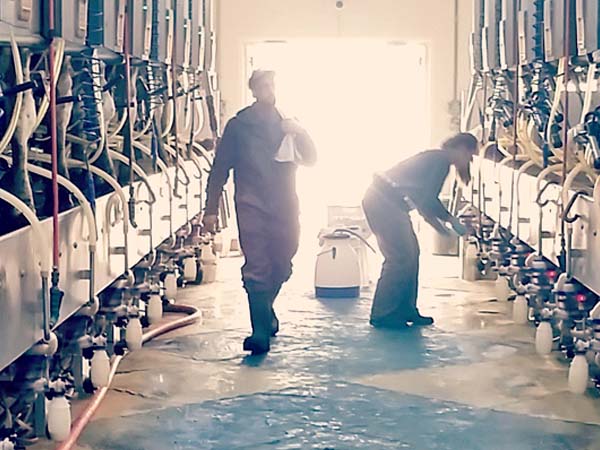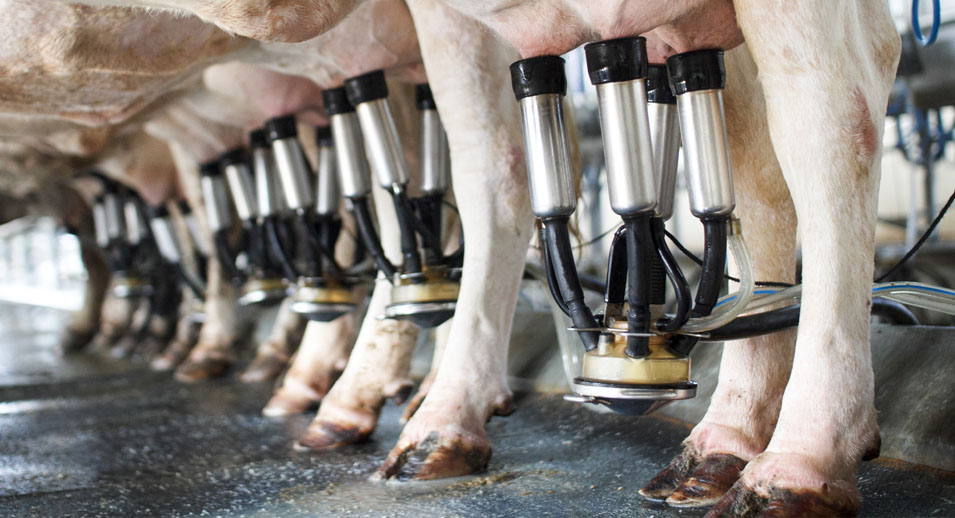Bacteria penalties in Quebec – What you need to know
- February 24, 2021
Efforts aimed at harmonizing milk marketing have led to the standardization of milk quality standards. Since November 2019, regulations and provisions relating to notification and penalties have changed.
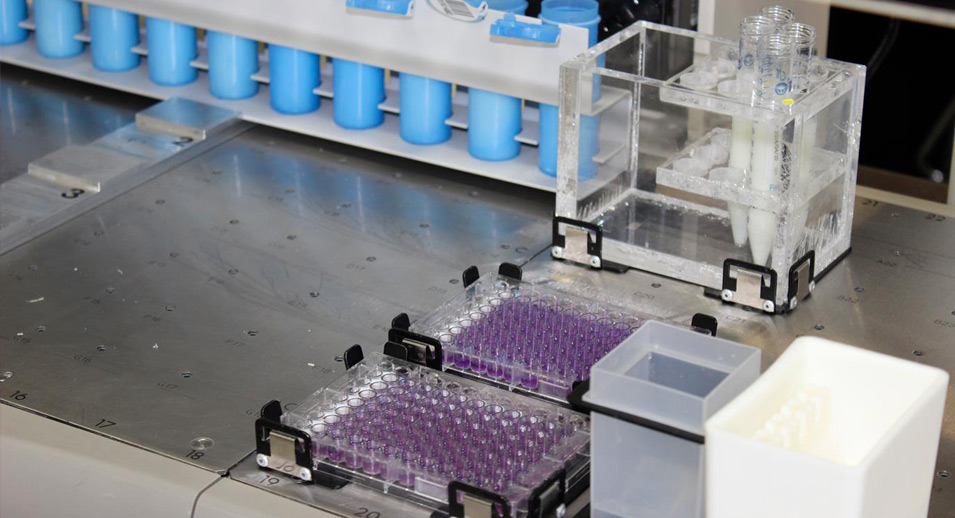
The standard for bacteria (121,000 IBC/ml) remains the same but the sampling frequency and the way the penalties are calculated have changed. You might have noticed that there are now four bacteria test results per month instead of one, as was the case previously. So how exactly does the current system for bacteria penalties work? What is the difference between a preventive notice, a notice, and an informative notice? How is it possible to have over 40% bacteria demerits without incurring any penalties? The explanation below and the examples provided by Caroline Martel, Milk Quality Advisor, should help clarify the matter.
How does the current penalty system work?
The bacteria count standard (How does a Bactoscan work?) is 121,000 individual bacteria count per milliliter (or IBC/ml). When a test result exceeds this level, the milk shipment does not meet regulatory standards and the standard violation is recorded as a Notice (A) in the producer’s file. The notice is informative (AI) if the interval between the time the previous demerit-level result was issued and the next sampling date is less than five (5) business days (non-statutory holiday weekdays, from Monday to Friday). For instance, if you receive a notice on Monday and take the next sample on Wednesday of the same week, the result for the Wednesday sample will include an informative notice (AI) if that result also exceeds 121,000 IBC/ml. Informative notices (AI) are not included in the calculation of the percentage of bacteria demerits. A preventive notice (AP) is used to call attention to a bacteria count between 50 and 121,000 IBC/ml, and is thus not included in the calculation of the percentage of demerits. A preventive notice acts as a warning for producers to pay attention to the microbiological quality of their milk.
When are penalties imposed?
A producer is subject to a bacteria penalty when the percentage of bacteria demerits during a rolling three-month period is equal to or greater than 40%. For example, if four samples are tested monthly, there cannot be more than four demerit-level test results among the 12 samples analyzed in the last three months. However, there might not always be 12 test results included in the calculation of the percentage of demerits, for instance, if a producer does not receive a test result for a given week or if a result is excluded from the calculation.
Let’s take a look at a specific example.
This first table illustrates the example of a producer who was unable to find the source of his problem before receiving a first penalty (P1)
Month 1 |
| Month 2 |
| Month 3 |
|
Result 1 | 20 | Result 1 | 140 A | Result 1 | 150 A |
Result 2 | 50 | Result 2 | 31 | Result 2 | 75 AP |
Result 3 | 180 A | Result 3 | 624 A | Result 3 | 30 |
Result 4 | 119 | Result 4 | 481 AI | Result 4 | 290 A |
% demerit-level results in the last 3 months | 8% | % demerit-level results in the last 3 months | 16.7% | % demerit-level results in the last 3 months | 41.7% P1 |
This table shows that the percentage of bacteria demerits at the end of the third month exceeds 40%, thus incurring a penalty of $3 per hectolitre for that month. Keep in mind that the percentage of bacteria demerits at the end of the month is not the only factor taken into account for the penalty. Even when 40% of the test results are in violation of the standard, there must be at least one bacteria demerit during the month for the penalty to apply.
Continuing with the same example (see the second table below), the producer incurs a first penalty (P1) at the end of the third month and a second penalty (P2), equivalent to $4 per hectolitre, at the end of the fourth month. In the fifth month, however, no penalty is imposed because there was no bacteria demerit in that month.
Month 3 |
| Month 4 |
| Month 5 |
|
Result 1 | 150 A | Result 1 | 481 A | Result 1 | 8 |
Result 2 | 75 AP | Result 2 | 182 A | Result 2 | none |
Result 3 | 30 | Result 3 | none | Result 3 | 15 |
Result 4 | 290 A | Result 4 | 20 | Result 4 | 7 |
% demerit-level results in the last 3 months | 41.7% P1 | % demerit-level results in the last 3 months | 54.5% P2 | % demerit-level results in the last 3 months | 40% |
Act fast to avoid costly penalties!
Note that in this example the producer solved the bacteria problem during the fourth month but still incurred a penalty at the end of the month. This underlines the importance of being proactive, of identifying and solving the problem or problems that lead to bacteria demerits as soon the first notice of a non-regulatory milk shipment is issued to avoid costly penalties.
As in the example shown here, bacteria levels often return to normal after a demerit-level result. However, if delays in identifying the source of the problem stretch over time and other penalty-level results occur, a producer may find himself in a penalty situation and have difficulty avoiding a succession of penalties. For example, if the producer in this example had had only one bacteria demerit in the fifth month, he would have incurred a third penalty (P3) of $5 per hectolitre for that month.
Although the producer had no penalty in the fifth month, caution will be key in the months to come as penalties remain on file for 12 months. If bacteria demerits appear in the sixth and seventh months, a third (P3) and even a fourth (P4) penalty could be applied. After a fourth penalty (P4), milk pickup is suspended for at least 6 days and producers are required to comply with certain obligations before pickup can resume.
Bacterial results are important!
In conclusion, high bacteria test results should not be taken lightly. Your milk quality advisors understand the penalty system and have the expertise to help you with bacterial issues – don’t hesitate to consult them. Equipment manufacturers can also provide valuable assistance when bacterial counts are high.
To learn more about how to maintain the microbiological quality of your milk, don’t miss this article: Tips from the pros to ensure milk quality.
Producing quality milk is a daily challenge, so remember that Lactanet Milk Quality Advisors are always available to share their know-how with you.

With the collaboration of Caroline Martel, agr., Milk Quality Advisor.
